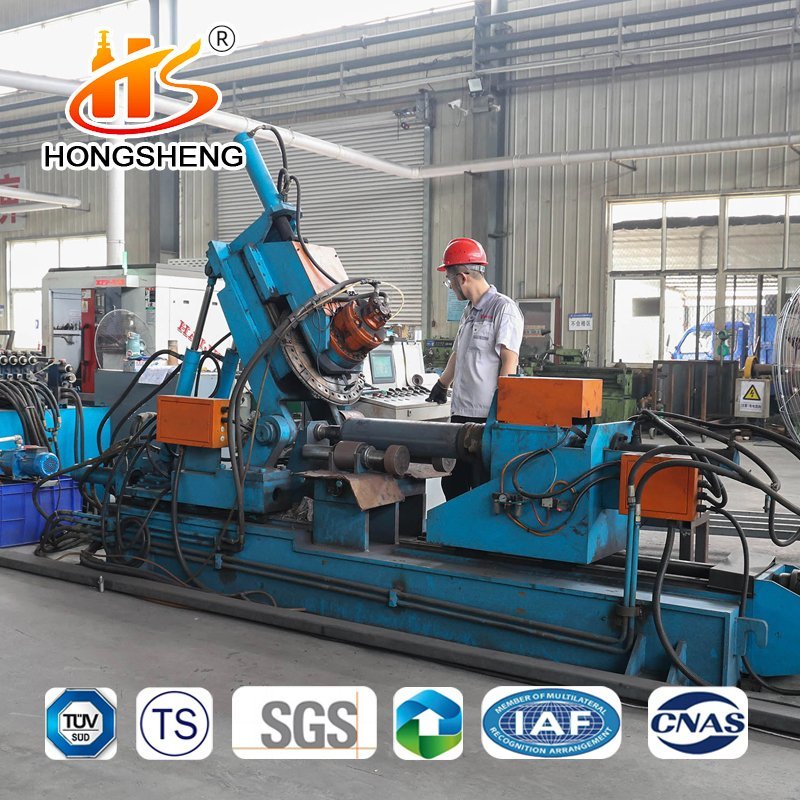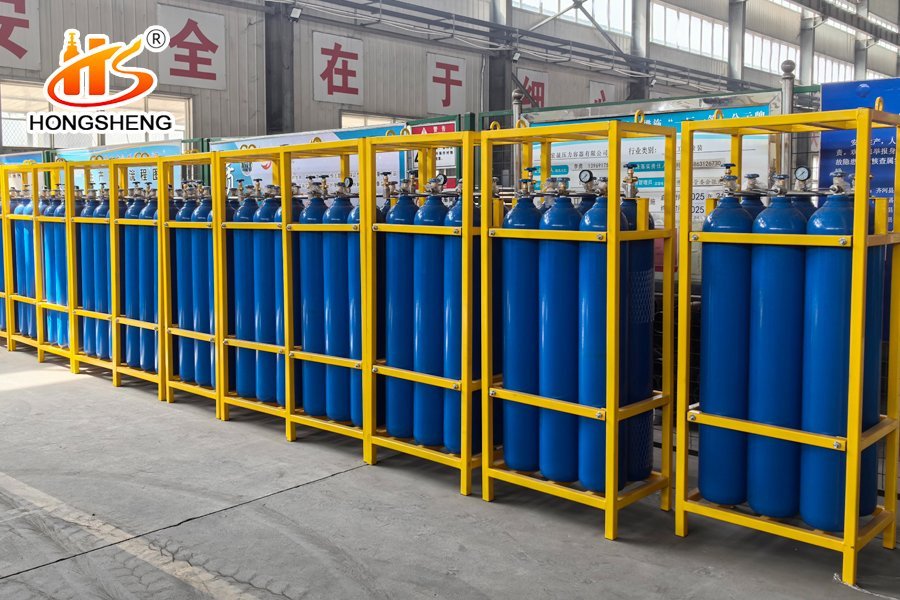In industrial and laboratory settings, the proper use of oxygen cylinders is critical to ensuring workplace safety. Manufacturers emphasize strict adherence to safety protocols during transportation, storage, and operation to prevent accidents.
Key Safety Guidelines:
Storage & Transportation
High-pressure gas cylinders must be categorized and stored separately, secured upright to prevent tipping.
Cylinders should be kept away from heat sources, direct sunlight, and strong vibrations to avoid explosions.
Laboratories should limit cylinder quantities to no more than two per area.

Cylinder Labeling
Each cylinder must be stamped with essential details: manufacture date, model, working pressure, test pressure, next inspection date, gas volume, and weight.
Color-coding and clear gas names (e.g., “Oxygen”) should be painted on cylinders to prevent misuse.
Pressure Reducer & Valve Handling
Use dedicated, classified pressure reducers and ensure screws are tightly fastened to prevent leaks.
Open and close valves slowly. Always open the cylinder’s on-off valve before adjusting the pressure reducer, and close the valve first after use, followed by the reducer.
Operational Safety
Operators must stand perpendicular to the cylinder interface during use.
Striking or impacting cylinders is prohibited. Regularly check for leaks and monitor pressure gauge readings.
As industries increasingly rely on high-pressure gases, reinforcing these standards remains vital to preventing accidents and ensuring safe working environments.





